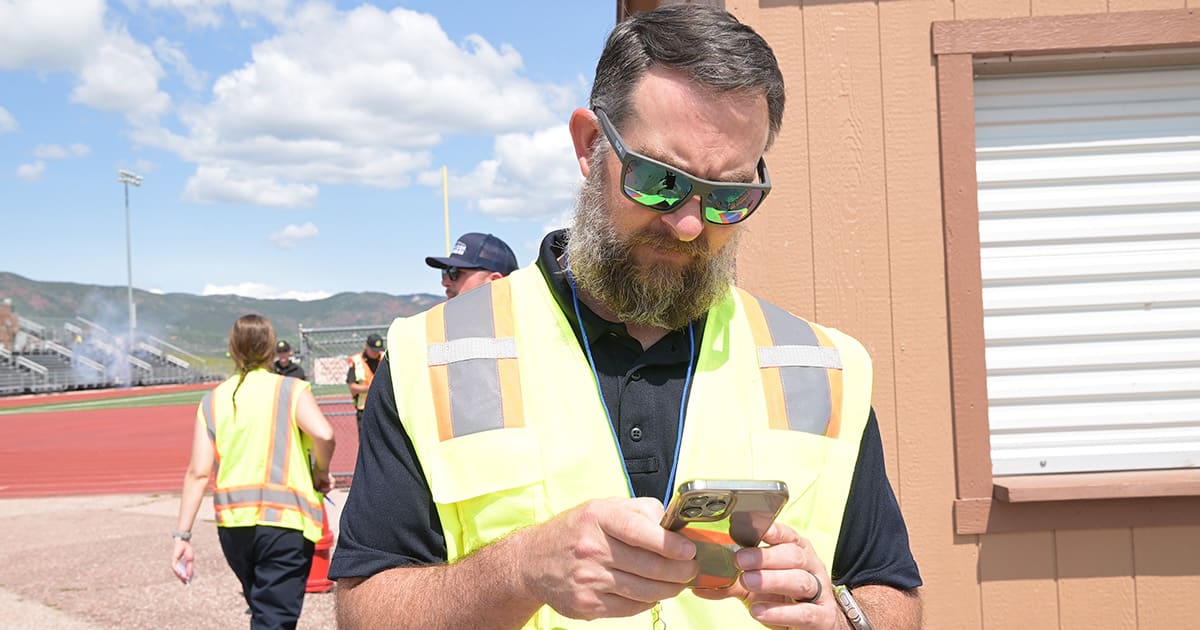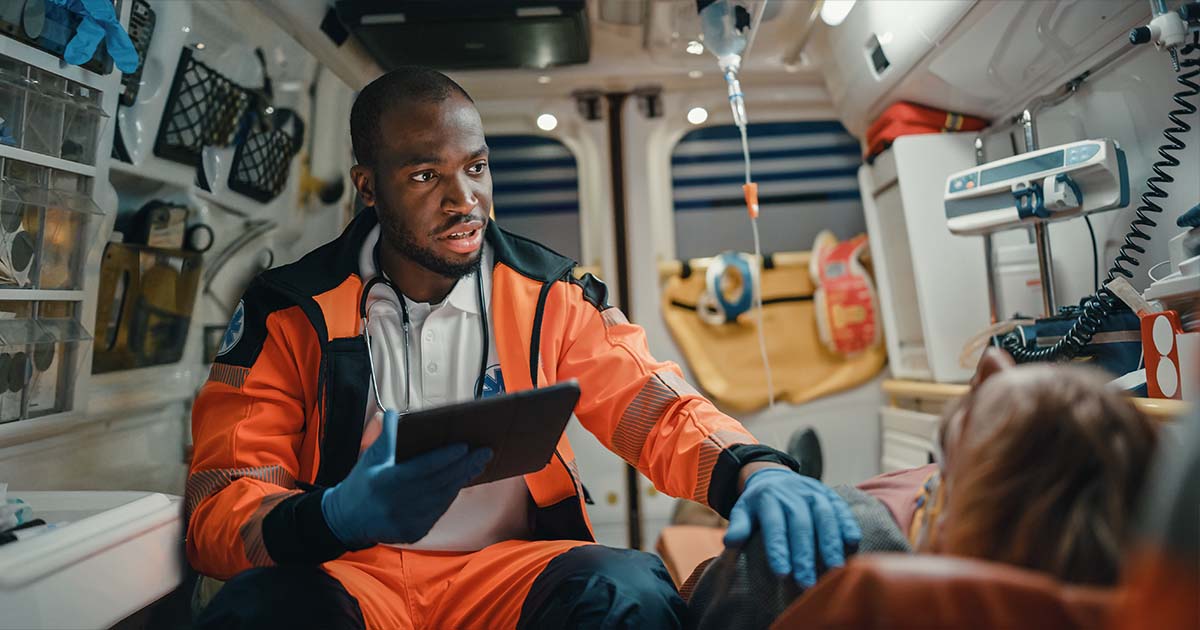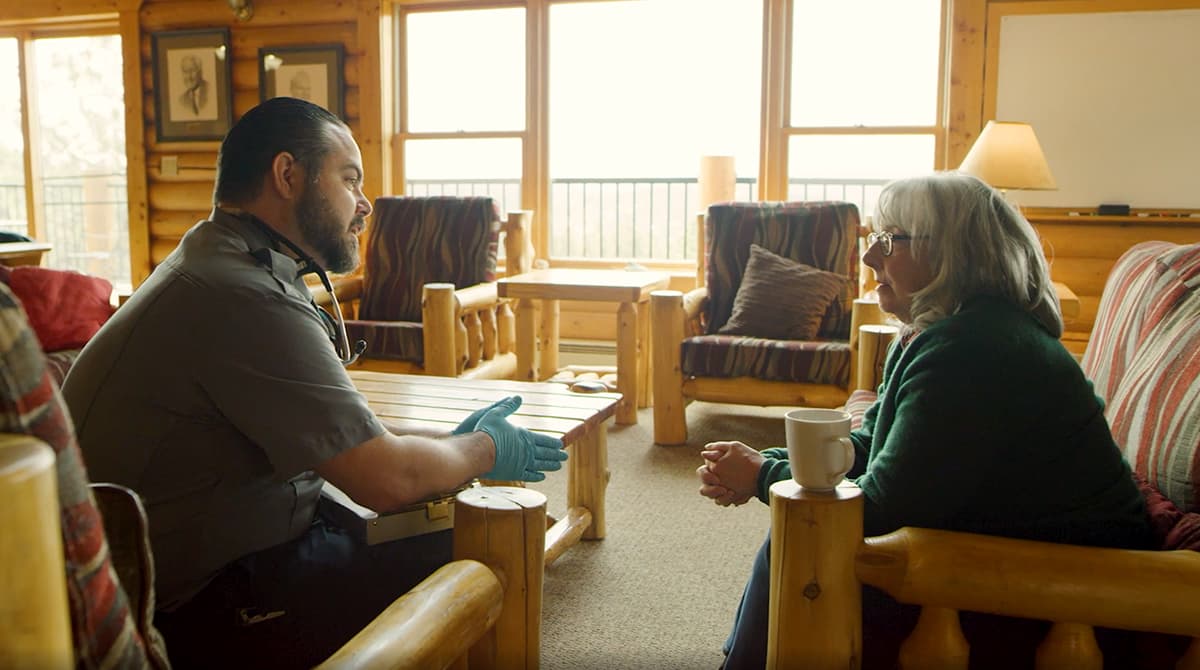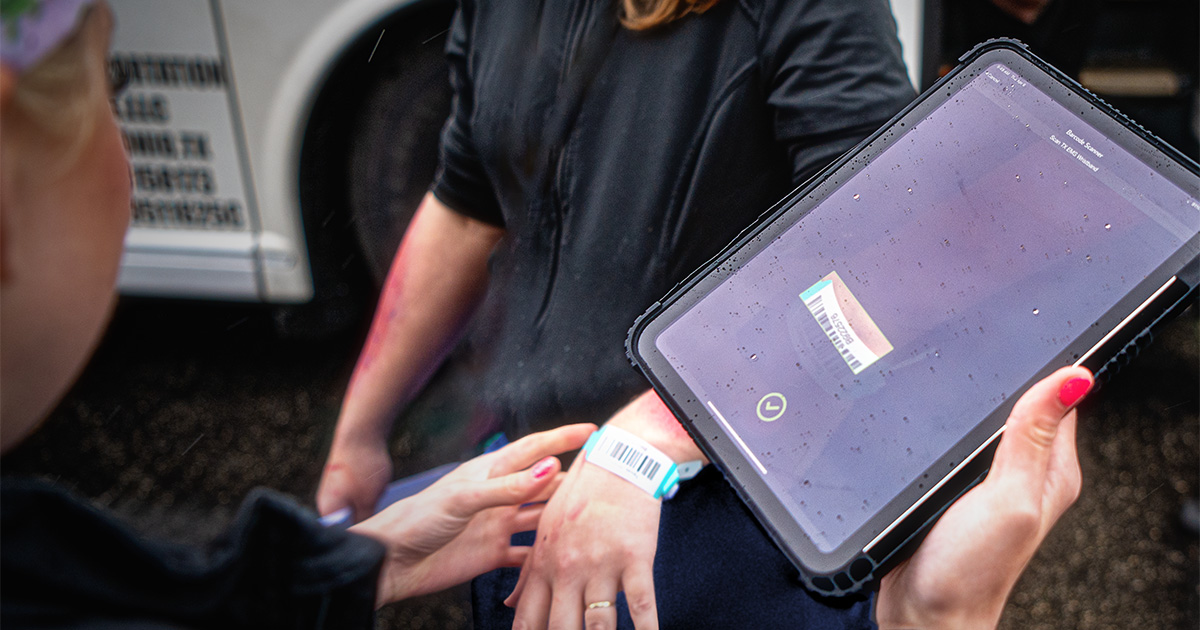
1 min read
Arkansas Hospital Reduces Average Door-to-Puncture Time by 58% in 5 Months
In 5 months, Baptist Health Medical Center - Little Rock reduced their average door-to-puncture time for stroke patients by 58% Baptist Health...
Read PostThe latest articles, case studies, research, and more are on their way to your inbox. Happy reading!

1 min read
In 5 months, Baptist Health Medical Center - Little Rock reduced their average door-to-puncture time for stroke patients by 58% Baptist Health...
Read Post
5 min read
EDITOR'S NOTE: This article originally appeared on FireRescue1.com. Special thanks to our guest author, Courtney Levin, for FireRescue1 BrandFocus Staff. Colorado Springs Fire Department has...

9 min read
Editor's Note: On July 21st, 2023, EMS1, Fitch & Associates, and the National EMS Management Association released their annual EMS Trend Report, proudly sponsored by Pulsara. Because the articles and...

6 min read
Editor's Note: On July 21st, 2023, EMS1, Fitch & Associates, and the National EMS Management Association released their annual EMS Trend Report, proudly sponsored by Pulsara. Because the articles and...

5 min read
EDITOR'S NOTE: This article originally appeared on EMS1.com. Special thanks to our guest author, John Erich, for EMS1 BrandFocus Staff. Once you’ve determined what your program will do, you face some...

3 min read
EDITOR'S NOTE: This article originally appeared on FireRescue1.com. Special thanks to our guest author, Courtney Levin, for FireRescue1 BrandFocus Staff. __ Building muscle memory eases stress during...

5 min read
EDITOR'S NOTE: This article originally appeared on EMS1.com. Special thanks to our guest author, John Erich, for EMS1 BrandFocus Staff. It’s not as hard to get started as you might think – follow...